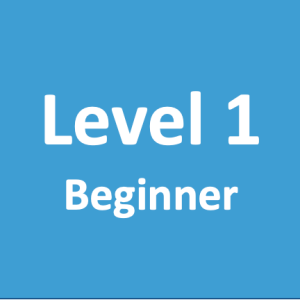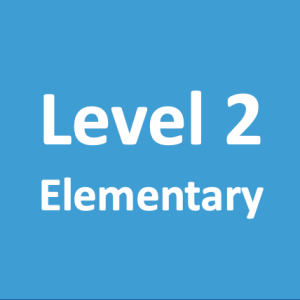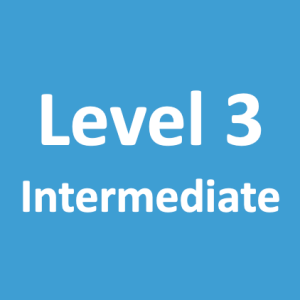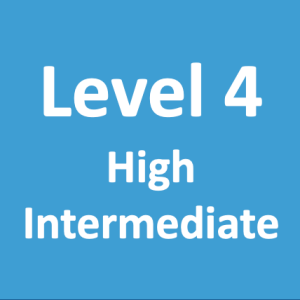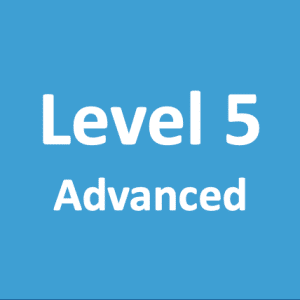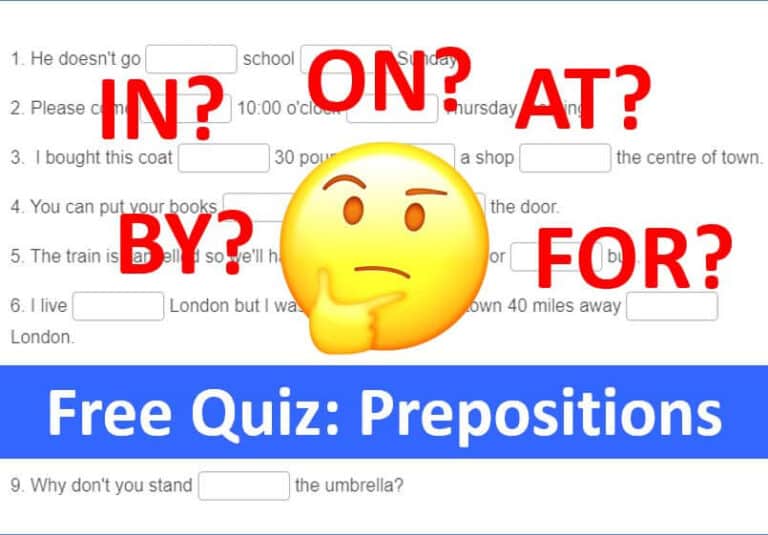BESIDE and BESIDES – what is the difference?
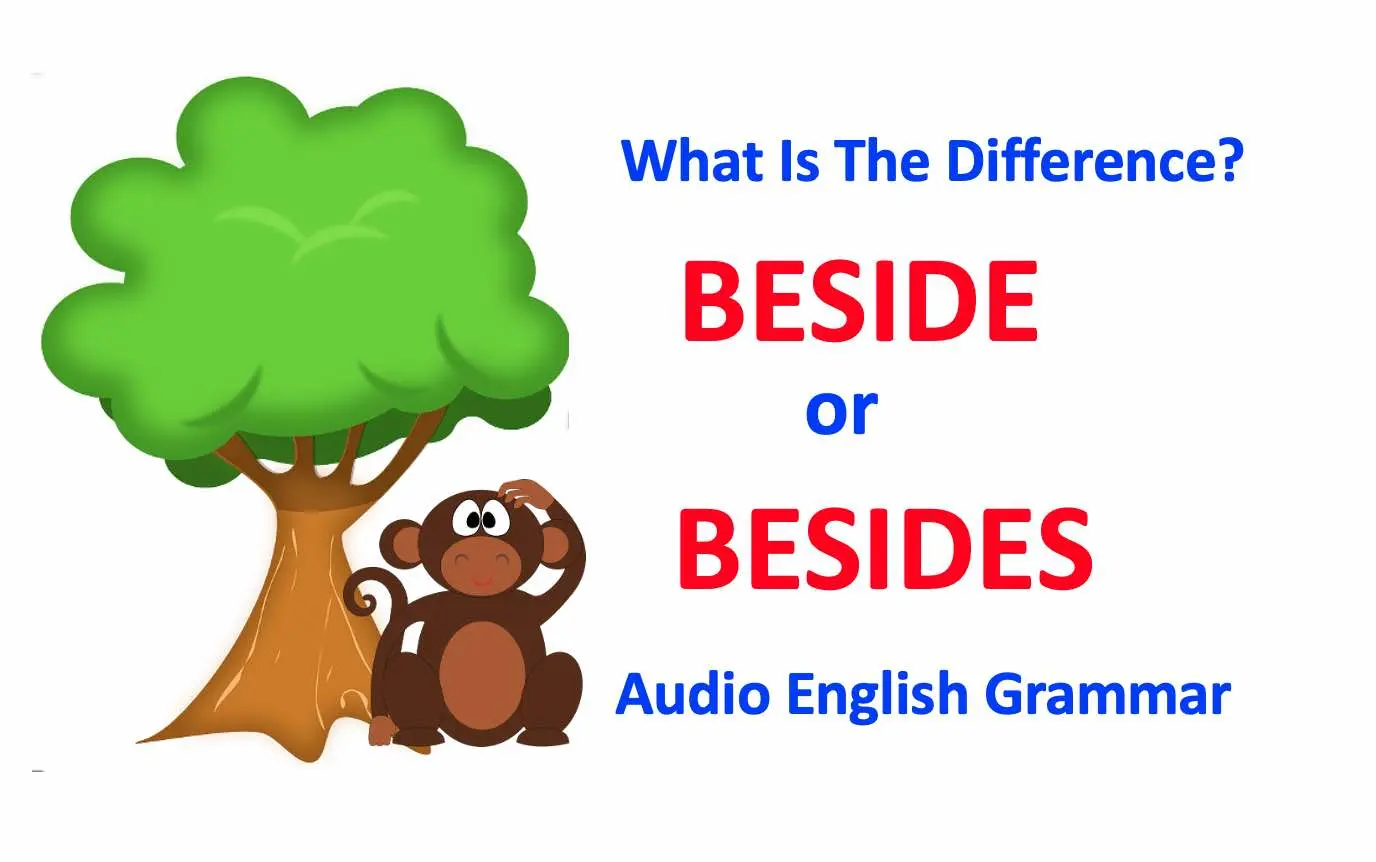
Hello, I’m Jane at DailyStep English, and welcome to my Audio Blog!
Thank you very much to Katrina in Romania for this question.
What is the difference between BESIDE and BESIDES?
Actually there’s a big difference, even though the spelling is nearly the same!
BESIDE is always used as a preposition, so it is always followed by a noun or a gerund.
It can mean NEXT TO and COMPARED TO.
Examples:
1. I sat beside Brendan on the bus. (= I sat next to Brendan on the bus.)
2. The health benefits of jogging seem more important beside the risk of injury. (= compared to the risk of injury.)
BESIDES, with the letter S at the end, can be used as a preposition or as a linking adverb, in other words, an adverb that links 2 ideas or introduces an adverbial clause.
As a PREPOSITION, it has 2 meanings:
1. EXCEPT or APART FROM
2.IN ADDITION TO or AS WELL AS
Examples:
3. There is nobody here besides me. (= except me / apart from me)
4. Besides English, he speaks Portuguese, Arabic and Russian. (= In addition to / As well as English, he also speaks Portuguese, Arabic and Russian)
As an ADVERB, we use BESIDES for ADDING ADDITIONAL INFORMATION.
Examples:
5. I don’t want to run there, and besides, it is too hot for running today. (note: the additional information is that it too hot for running today.)
6. It’s too far to walk there. Besides, it is raining. (note: we always put a comma after BESIDES when it comes before the additional information.)
7. He can cook cakes, casseroles and a lot more besides.
Now, write your own sentences using BESIDE and BESIDES, and try to make them true to your own life, as this will help you to remember them better. If you are new to DailyStep, you can get 5 free UK/USA lessons here.
If you enjoyed my Audio Blog, please share it. Thank you 🙂
How to speak English fluently and understand fast English
DailyStep English Audio Lessons are designed to help you learn to speak and understand English at the speed that we speak it.
No matter how good your English is, you need to be able to follow a fast conversation in order to participate.
DailyStep English courses are fully accredited and you can get an internationally-recognised certificate for your CV or resume.
How to use your lessons:
How to slow the audio:
How to Start Daily Audio Lessons
✔ Daily Audio Lessons + Premium Audio in my Blog Library
✔ Your lessons never expire – you can take them again any time
✔ Change your level any time
✔ 100% happy or your money back!

